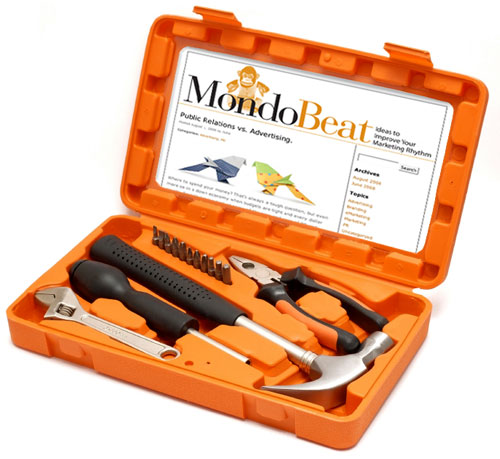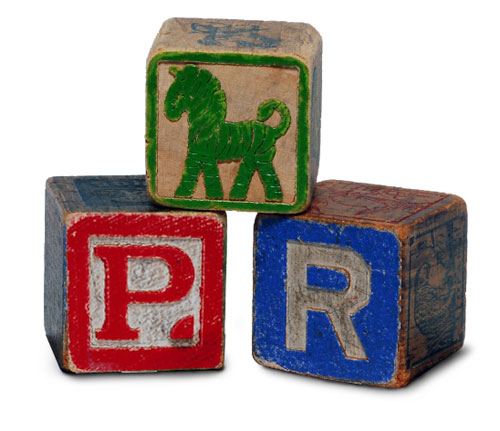 Social media is a vast experiential toolbox containing communication, collaboration and multimedia tools for sharing user-generated content. Here are some of the pluses and minuses of social media tools in general.
Social media is a vast experiential toolbox containing communication, collaboration and multimedia tools for sharing user-generated content. Here are some of the pluses and minuses of social media tools in general.
Pros
- Opportunity to show your human side—that you’re more than a business.
- Demonstrates a willingness to be open with customers.
- Potentially fertile new marketing ground with still limited competition.
- Participants tend to be early adopters—more likely to interact with vendors and offer feedback to improve your products and services.
- Presence builds loyalty among early adopters—often rewarded with referrals and leads—high potential of viral marketing.
- Ultimate relationship-building opportunity.
- Can help your executive team gain a better customer perspective—particularly those normally without direct customer contact.
- Can help you monitor complaints that don’t make it to or through the service desk.
- Good vehicles for increasing brand awareness and driving website traffic.
- Presents opportunities to learn about problems early and correct them.
- Can improve your reputation as an authority—opportunity to promote and spread ideas.
- Effective for building relationships with targeted audiences.
- Versatile—can be used to build both internal and external communities.
- Search engines love social media such as blogs, because the engines have a passion for frequently updated text and links.
- Offers a variety of tools that can be used to provide interactive training for your products and services.
- No specialized technical skills required.
- Relatively low capital costs—i.e., you can set up a blog virtually for free.
Cons
- Can be time intensive—demands frequent content updates and at least daily monitoring of comments.
- ROI is not immediate and direct—you’re building relationships, so get used to measuring traffic, page views, links and comments as well as intangibles like community “buzz” and conversations.
- Relevance is everything—better have something interesting to say.
- Risk of your organization sounding like it has multiple tones and positions.
- Risk of non-communications people doing the communicating.
- Discomfort of not completely controlling the brand message.
- Plenty of excellent content still gets overlooked.
- Potential for developing the “wrong crowd” of friends.
- Can work against you as well as for you.
- Still difficult to reach mass audiences—these are more 1to1 technologies.
- Lots of unknowns.
And the Winner Is…
YOU. Technology tools are expanding each day, and that’s good news for your company. There’s no reason to hop on all of the social media bandwagons, but it’s worth your time to consider the benefits of each alternative in helping you achieve your organization’s marketing goals. Likewise, it’s important to understand how your customers are using social media.
One thing we know for sure is that the marketing landscape is changing rapidly. Smart printing companies don’t get caught on their heels while the market sprints ahead. Sometimes you never really catch up. So our recommendation is to get off the blocks when it comes to social media. Remember, websites were once an unproven tool.
![]()
Social Media Tip: If you worry about how much time incorporating social media tools might take from other activities, investigate software tools such as Firefox extension RescueTime, which tracks the time you spend at different sites. Use the data to determine how much time you will spend at each community based on interest and benefits received.
![]()
— by Larry Bauer








